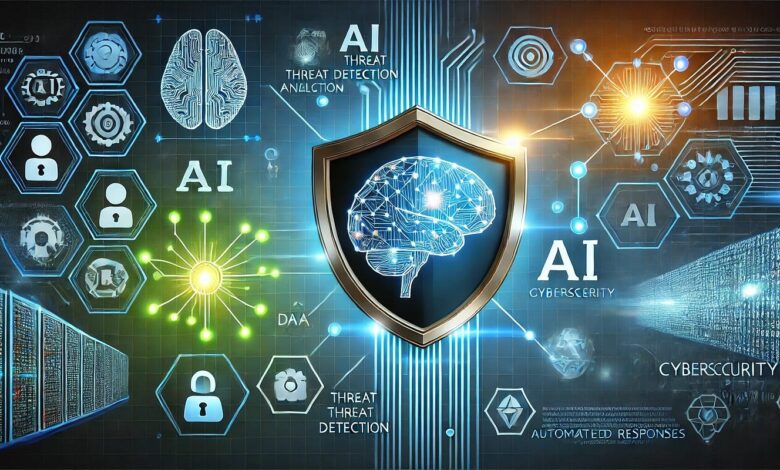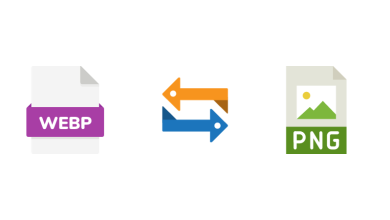
Organizations across the globe are faced with the challenge of protecting their digital assets from cybercriminals who are constantly changing their tactics. Traditional cybersecurity measures are no longer efficient on their own. Artificial Intelligence (AI) offers advanced techniques for threat mitigation that are transforming cybersecurity. This post details the role of AI in revolutionizing security in the digital space.
The Need for AI in Cybersecurity
Cybersecurity threats have become more complex, with attackers leveraging advanced technologies to breach systems. From ransomware to phishing, the variety and sophistication of attacks have escalated. This makes it difficult for traditional security measures to keep pace.
While human operators are skilled, they are limited in their capacity to analyze vast amounts of data generated by modern networks. This is where AI’s ability to process and analyze data at scale becomes invaluable. AI’s strength lies in its ability to learn from data, identify patterns, and make predictions.
In cybersecurity, this means AI can be used to detect anomalies that indicate a potential security breach. By analyzing large datasets in real-time, AI can identify threats more quickly and accurately than human analysts alone. This ability to identify risks before they escalate is crucial in today’s fast-paced digital realm.

Advanced Techniques for Cybersecurity Mitigation
AI is improving existing cybersecurity measures and introducing new, advanced techniques for threat mitigation. These techniques are helping organizations to stay one step ahead of cybercriminals by enhancing their ability to detect, respond, and prevent attacks.
Behavioral Analysis
One of the most effective ways AI is revolutionizing cybersecurity is through behavioral analysis. AI algorithms can monitor user behavior across a network to establish a baseline of what is considered “normal” activity. When deviations from this baseline occur, the AI system can flag these as potential security threats.
For example, if your employee suddenly starts to access sensitive information at unusual times or from unfamiliar locations, the AI system can alert security teams to investigate. This approach is particularly useful in identifying insider threats, which are often difficult to detect using traditional methods.
Automatic Incident Response
AI is also transforming how organizations respond to cyber threats. Traditional incident response processes can be slow and labor intensive, leading to delayed action and increased damage. AI-powered systems can automate the response process, allowing faster and more efficient mitigation of threats.
For example, AI can automatically isolate infected devices from a network, preventing the spread of malware. It can also apply patches or update security protocols without human intervention. This level of automation reduces the time between threat detection and response, minimizing potential damage.
Predictive Analytics
Predictive analytics is another area where AI is making significant strides in cybersecurity. By analyzing historical data, AI can identify patterns and trends indicating future threats. This allows organizations to take a proactive approach to cybersecurity, anticipating potential attacks before they occur.
AI can predict which vulnerabilities will most likely be exploited based on past attacks and current threat intelligence. This enables organizations to prioritize their security efforts and allocate resources more effectively.
Threat Intelligence Integration
AI systems can integrate and analyze threat intelligence from various sources, providing a more comprehensive view of the cyber threat realm. By combining data from internal logs, external threat feeds, and open source intelligence, AI can identify emerging threats and provide actionable insights to security teams. This integration enhances an organization’s ability to defend against new and evolving threats.
Advanced Malware Detection
Antivirus software relies on signature-based detection, which can be ineffective against new unknown malware strains. However, AI can analyze the behavior of files and applications to detect suspicious activity, even if the specific malware signature is not recognized. This behavior-based approach allows AI to identify and mitigate threats that would go undetected.
The Human Element in AI-Powered Cybersecurity

The human element remains crucial in the cybersecurity ecosystem. AI can assist by providing higher threat detection and response capabilities. However, human judgment and expertise are still required to make informed decisions, particularly in complex scenarios.
An AI system is as good as the information it is trained on. If the information is biased or untrue, the AI’s predictions and recommendations will be wrong. Human oversight is essential to ensure that AI systems are functioning as intended and to address any ethical concerns.
On the other hand, cybercriminals are also leveraging AI to develop more sophisticated attacks. As AI becomes more prevalent in cybersecurity, attackers find ways to exploit AI systems or use AI to automate attacks. This underscores the importance of continuous innovation and adaptation in cybersecurity.
Endnote
AI is revolutionizing cybersecurity by introducing advanced techniques for threat mitigation. From behavioral analysis and automatic incident response to predictive analytics and advanced malware detection, AI enhances organization’s ability to protect their digital assets. By combining the strengths of AI with human expertise, organizations can build a robust cybersecurity strategy.





